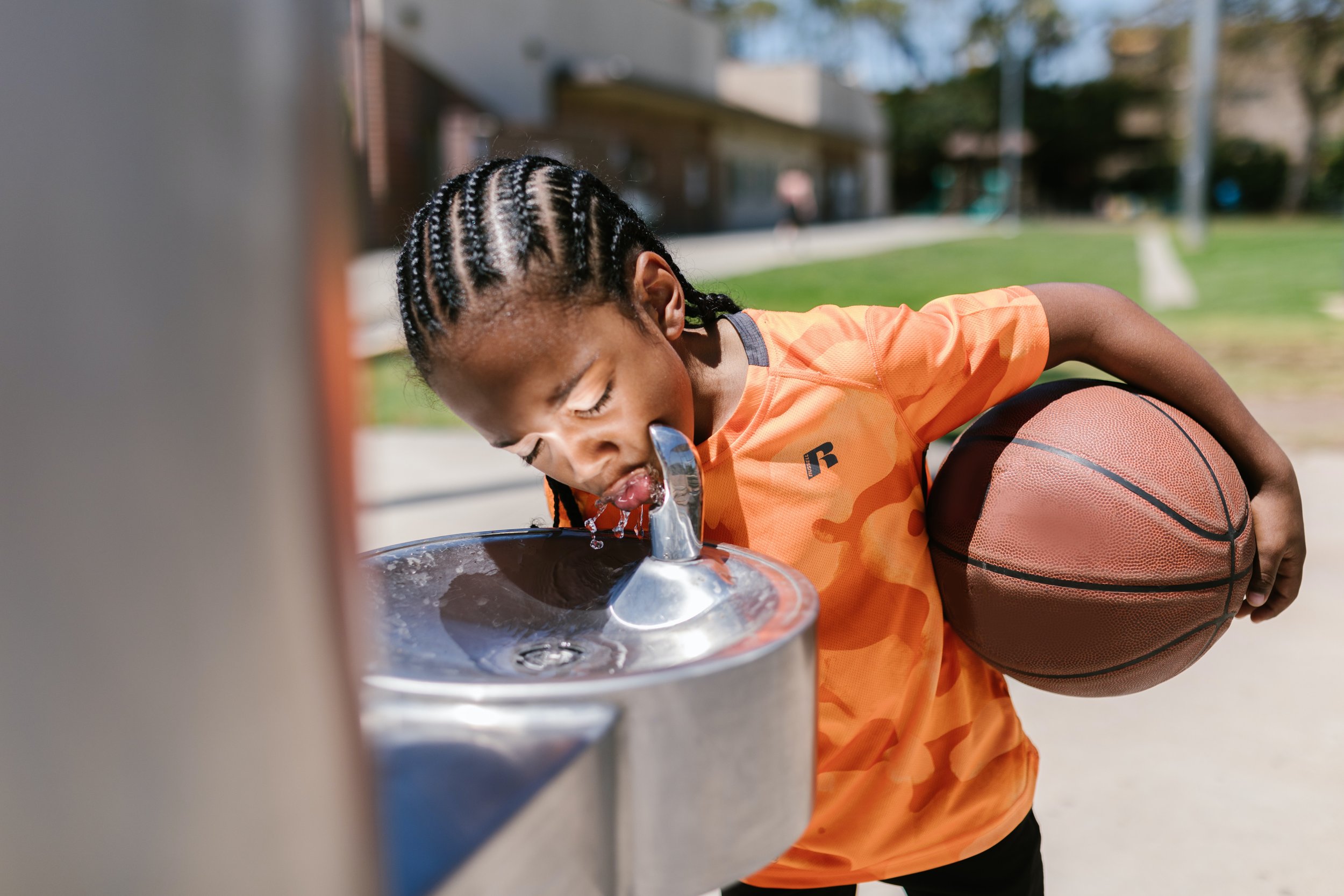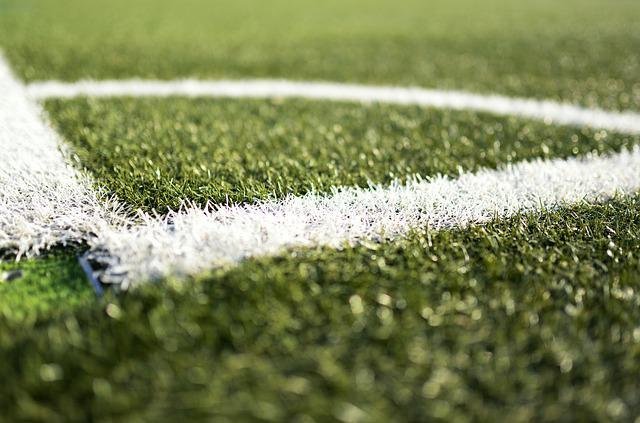Join us for this informative and free event to hear from global and local water experts!
Citizens Campaign for the Environment, North Shore Land Alliance, and The Nature Conservancy are co-hosting a conference that will bring together leaders in the field of water science. Leading experts will update attendees about the condition of local water, including surface water and drinking water. There will also be a robust panel discussion that will focus on solutions that both municipalities and homeowners can use to address the protection of this critical natural resource. This event is free, but advanced registration is required! Register today.
Raingardens and native plants
Low-nitrogen septic systems
Better lawn fertilizers
Topics include:
Innovations in water technology
Drinking and surface water quality
Land conservation and water quantity
Date: Thursday, May 16, 2024
Time: 2:30 pm – 5:30 pm
Location: Long Island University Student Center Auditorium
720 Northern Boulevard, Brookville, NY 11548
Keynote Speaker: David L. Sedlak, Author and Professor of Environmental Engineering at University of California, Berkeley
David Sedlak is a Vice Chair for Graduate Studies and Plato Malozemoff Professor of Environmental Engineering at UC Berkeley. Sedlak’s research focuses on the fate of chemical contaminants, with the long-term goal of developing cost-effective, safe, and sustainable systems to manage water resources. Sedlak’s research has addressed water reuse—the practice of using municipal wastewater effluent to sustain aquatic ecosystems and augment drinking water supplies—as well as the treatment and use of urban runoff to contaminated groundwater from contaminated industrial sites as water supplies.
Sedlak also received the Fulbright Specialist Award for New Zealand in 2019 and was elected to the National Academy of Engineering in 2016, one of the highest honors given to an engineer, among other notable achievements. Sedlak is also the author of "Water 4.0", a book that examines the ways we can gain insight into current water issues by analyzing the history of urban water systems.
Featured Speakers:
Dr. Christopher Gobler, Director, Center for Clean Water Technology, Stony Brook University
Adrienne Esposito, Executive Director, Citizens Campaign for the Environment
Expert Panelists:
Brian Schneider, Program Development Specialist, U.S. Geological Survey
Lisa W. Ott, President & CEO, North Shore Land Alliance
Kevin McDonald, Long Island Senior Policy Advisor, The Nature Conservancy
Patti Wood, Executive Director, Grassroots Environmental Education
Nancy Seligson, former Town Supervisor for the Town of Mamaroneck
Derek Betts, District Manager, Nassau County Soil & Water Conservation District
Justin Jobin, Environmental Scientist at Coastal Wastewater Solutions
Thomas Murphy, Building Inspector and Code Enforcement, Village of East Hills
Rusty Schmidt, Landscape Architect at Nelson Pope and Voorhis
Thank you for joining us!
Sincerely,
All of us at CCE





















